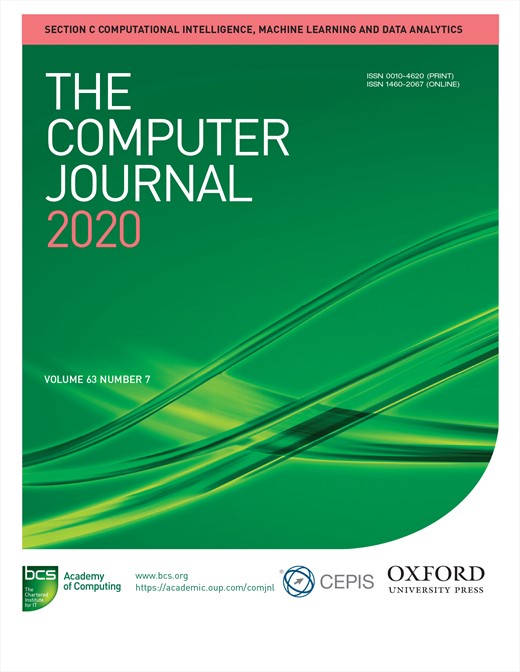-
Views
-
Cite
Cite
Muralidhar Pantula, K S Kuppusamy, A Metric to Assess the Readability of Video Closed Captions for the Persons With Low Literacy Skills, The Computer Journal, Volume 63, Issue 7, July 2020, Pages 1063–1075, https://doi.org/10.1093/comjnl/bxz074
Close - Share Icon Share
Abstract
The power of the WWW (World Wide Web) lies in the adoption of multiple types of media, which makes effective communication of content. Videos have emerged into a quick and efficient information delivery channel for users. To make a video accessible to persons with disabilities, several approaches have been proposed, which include various accessibility features such as closed captions and video descriptions. Captioning agencies use English as a primary language for creating captions, which cause problems for persons with low literacy skills. Ambiguity in the video affects the persons with low literacy skills and senior citizens and it leads them to consume more time in identifying/capturing the intended meaning. As the closed captions run along with the video frame, the comprehension is an issue. For predicting the readability assessment of closed captions for persons with low literacy skills, we developed a statistical formula based on the lexical and semantical ambiguity of the context. As a case study, caption files of top 50 English movies (as per IMDB top rated movies chart) were chosen and their readability scores were calculated. In addition, a machine learning model was developed using the ambiguity feature set in assessing the readability score of the closed captions. The result shows, our model is predicting the readability score with an accuracy of 92.6%.




